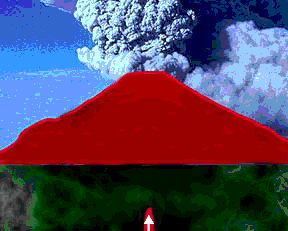This is a drawing of magma percolating up through the crust, causing the volcano to expand prior to eruption.
Click on image for full size
Volcano Formation
Volcanoes form when hot material from below risesand leaks into the crust. This hot material, called magma, comes either from a melt of subducted crustal material, which is light and buoyant after melting, or it may come from deeper in the interior of a planet and is light and buoyant because it is *very* hot.
Magma, rising from lower reaches, gathers in a reservoir, in a porous region of overlying rock called the magma chamber. Eventually, but not always, the magma erupts onto the surface. Strong earthquakes accompany rising magma, and the volcanic cone may swell in appearance, just before an eruption, as illustrated in this picture. Scientist often monitorthe changing appearance of a volcano, especially prior to an eruption. The different reasons why a volcano forms are
- via plumesor hot spots in the lithosphere
- as a result of subduction of the nearby lithosphere
You might also be interested in:
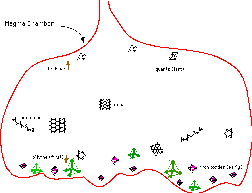
Magma consists of remelted material from Earth's crust and fresh material from the aesthenosphere, relatively near the Earth's surface. When magma is erupted onto the surface in the form of lava, it becomes
...more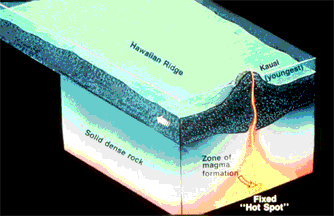
The Hawaiian Islands are an example of the way some volcanoes are made. A rising hot plume of material makes it's way to the lithosphere of the Earth from the deep interior, and erupts material unto the
...more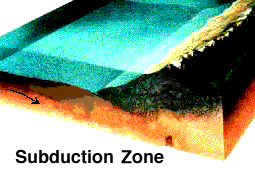
When two sections of the Earth's lithosphere collide one slab of lithosphere can be forced back down into the deeper regions of the Earth, as shown in this diagram. This process is called subduction.
...more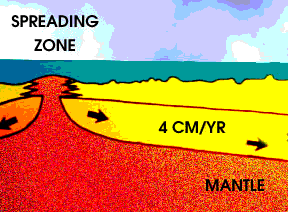
As the Earth cools, hot material from the deep interior rises to the surface. Hot material is depicted in red in this drawing, under an ocean shown in blue green. The hotter material elevates the nearby
...more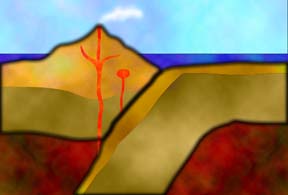
Mountains are built through a general process called "deformation" of the crust of the Earth. One example of deformation comes from the process of subduction. When two sections of the Earth's lithosphere
...more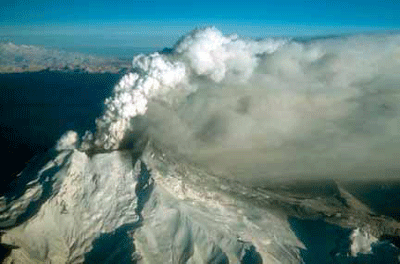
Ash is made of millions of tiny fragments of rock and glass formed during a volcanic eruption. Volcanic ash particles are less than 2 mm in size and can be much smaller. Volcanic ash forms in several ways
...more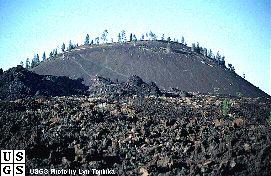
Cinder cones are simple volcanoes which have a bowl-shaped crater at the summit and rarely rise more than a thousand feet above their surroundings. They usually are created of eruptions from a single vent,
...more


